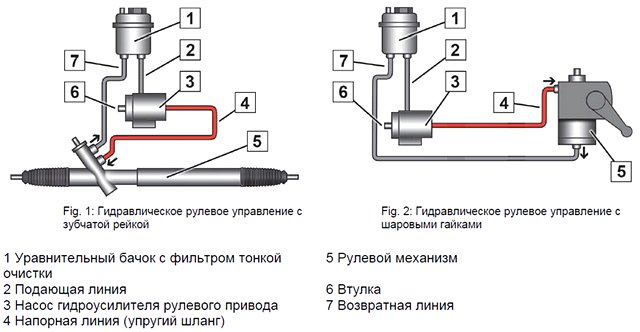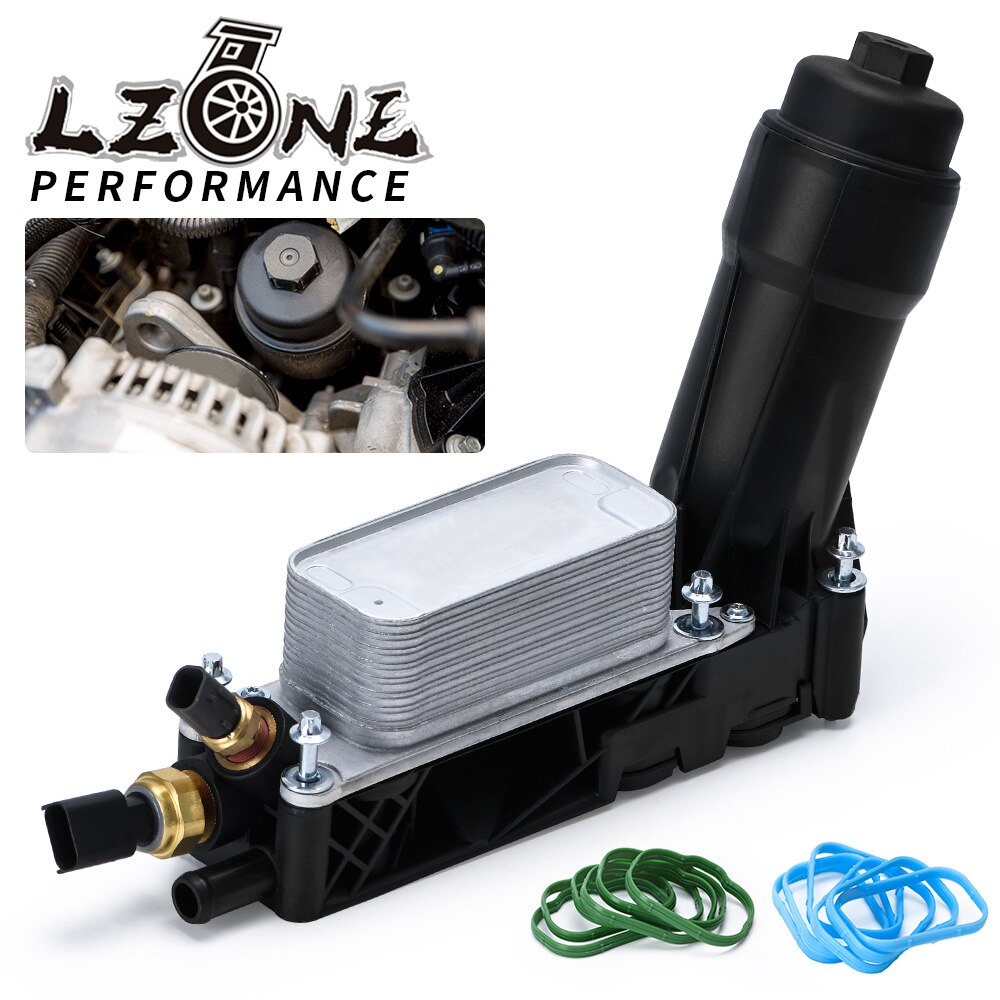
How to flush the power steering system
Content
Modern cars are equipped with power steering, which helps the driver to easily control the car by smoothly turning the steering wheel. Older cars don't have power steering and require much more effort to turn the steering wheel while driving. FROM…
Modern cars are equipped with power steering, which helps the driver to easily control the car by smoothly turning the steering wheel. Older cars don't have power steering and require much more effort to turn the steering wheel while driving. Power steering can be easily turned with one hand.
The power steering pump works by using hydraulic pressure to move a piston that is attached to a steering gear that turns the wheels. Power steering fluid can last a very long time, sometimes even up to 100 miles.
You should change the power steering fluid at the intervals specified in your vehicle owner's manual, or if the fluid is dark and dirty. Since power steering fluid is not consumed like gasoline, you won't need to top it up unless the level is low due to a leak.
Part 1 of 3: Drain the old fluid
Necessary materials
- Drip tray
- trumpet
- Gloves
- socket
- Jack stands (2)
- Paper towels / rags
- Pliers
- Power steering fluid
- Safety glasses
- turkey buster
Wide mouth plastic bottle
AttentionA: Make sure the power steering fluid is correct for your vehicle, as the pump will not work properly with any other type of fluid. Your vehicle owner's manual will list the specific type of power steering fluid and the amount to use.
Attention: Usually automatic transmission fluid is used in power steering system.
Functions: Try to buy more power steering fluid than you need as you will be using some of the fluid to flush and clean the power steering system.
Step 1: Raise the front of your car. Install jacks on both sides of the vehicle to secure it and prevent the vehicle from tipping over when the wheel is turned. Place a drain pan under the power steering pumps and reservoir.
- AttentionNote: Some vehicles have a drip tray on the bottom that you may need to remove to gain access to the steering system. If there is liquid inside the droplet eliminator, then there is a leak somewhere that needs to be identified.
Step 2: Remove all possible liquid. Use a turkey tincture to draw as much liquid out of the tank as possible.
When there is no liquid left in the tank, turn the steering wheel all the way to the right, and then all the way to the left. This maneuver is called turning the wheel "lock to lock" and will help pump more fluid back into the reservoir.
Repeat this step and try to remove as much fluid from the system as possible to reduce the mess in the process.
Step 3: Identify Fluid Return Hose. The fluid return hose is next to the supply hose.
The supply hose moves fluid from the reservoir to the power steering pump and is subjected to higher pressure than the return hose. The seals on the supply hose are also stronger and harder to remove.
- Functions: The return hose usually exits directly from the tank and connects to the rack and pinion assembly. The hose used for the return line usually has a smaller diameter than the supply line and is sometimes lower than the supply line.
Step 4: Install the drip tray. Hold a pan under the return hose before removing it.
Step 5: Disconnect the return hose. Using pliers, remove the clamps and disconnect the fluid return hose.
Be prepared for spills as power steering fluid will leak from both ends of the hose.
- Functions: You can use a funnel and a plastic bottle to collect liquid from both ends.
Step 6: Pump out all possible liquid. Turn the wheel from lock to lock to pump out as much fluid as possible.
A warning: Safety glasses are very important at this stage, so be sure to wear them. Gloves and long sleeves will protect you and keep you clean.
Functions: Before performing this step, make sure your drift eliminator is installed correctly. Place paper towels or rags on top of anything that might get liquid. By preparing your washcloths ahead of time, you will reduce the amount of liquid you will need to wash off later.
Part 2 of 3: Flush the Power Steering System
Step 1: Fill the tank halfway with fresh liquid. With the lines still disconnected, add fresh power steering fluid to fill the reservoir just over halfway. This will remove any remaining fluid that you were unable to pump out.
Step 2: Turn the steering wheel from lock to lock while the engine is running.. Make sure the reservoir is not completely empty and start the engine. Turn the wheel from lock to lock and repeat this several times to pump new fluid throughout the system. Be sure to check the tank as you don't want it to be completely empty.
When the fluid exiting the lines looks the same as the fluid entering, the system is completely flushed and the old fluid is completely removed.
- Functions: Ask a friend to help you with this step. They can spin the wheel from side to side while you make sure that the tank is not empty.
Part 3 of 3: Fill the reservoir with fresh fluid
Step 1 Connect the return hose. Attach the hose clamp securely and make sure all the fluid in the area is cleared so you don't mistake old fluid spills for a new leak.
After cleaning the area, you can check the system for leaks.
Step 2: Fill the reservoir. Pour the power steering fluid into the reservoir until it reaches the Full level.
Put the cap on the tank and start the engine for about 10 seconds. This will start pumping air into the system and the fluid level will begin to drop.
Refill the reservoir.
- AttentionA: Most vehicles have two sets of fluid levels. Since the system is still cold, fill the reservoir only to the Cold Max level. Later, when the engine runs longer, the fluid level will begin to rise.
Step 3: Check for leaks. Start the engine again and look at the hoses while the car is still jacked up in the air.
Monitor fluid level and add as needed.
- Attention: It is normal for bubbles to appear in the tank as a result of the pumping process.
Step 4: Turn the steering wheel from lock to lock with the engine running.. Do this for a few minutes or until the pump stops. The pump will make a slight whirring sound if there is still air in it, so when the pump is not running you can be sure it is completely removed.
Check the fluid level one last time before lowering the vehicle back to the ground.
Step 5: Drive the car. With the vehicle on the ground, start the engine and check the steering wheel with the weight on the tires. If everything is in order, then it's time for a short test drive.
Changing your power steering fluid will help your power steering pump last the life of your vehicle. Changing the fluid can also help make the steering wheel easier to turn, so if you're struggling to move the steering wheel, this is a good option to consider.
If you have any difficulty with this job, one of our certified technicians here at AvtoTachki can assist you with flushing the power steering system.

